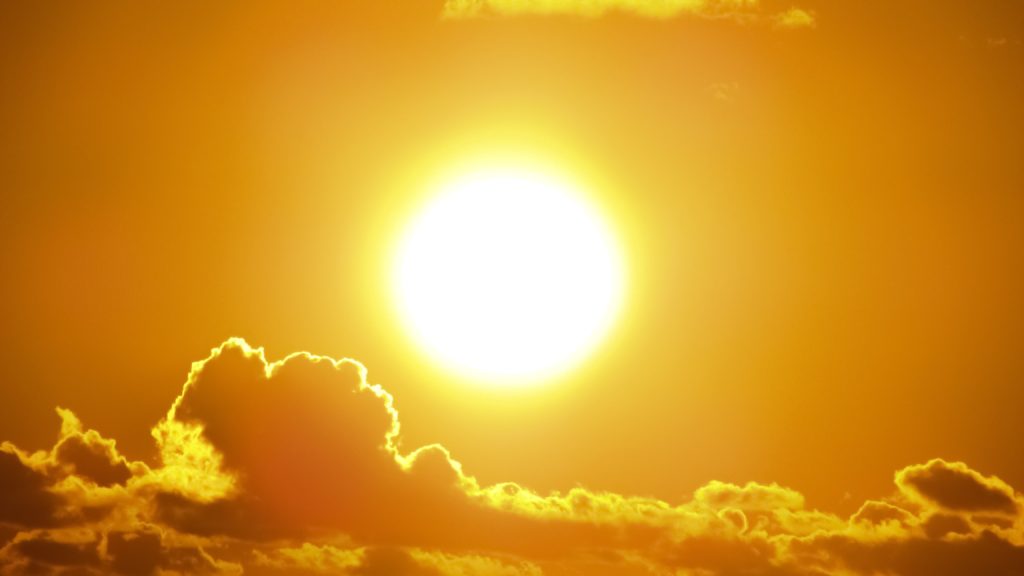CEBU CITY, Philippines—Expect a longer day on Friday, June 21, 2019.
This after the Philippine Atmospheric Geophysical and Astronomical Services Association in Central Visayas (Pagasa) said that the longest day of the year will happen on this day in countries in the northern hemisphere, including the Philippines.
According to Vine Singson, a weather specialist of Pagasa-7, the country usually averages 12 hours and 30 minutes of daylight on normal days. On Friday, the country is expected to have 13 hours of daylight.
Singson said this happens because what is called the summer solstice, which happens when the Earth reaches a 23.5-degree tilt in its axis, allowing more time for sun exposure in northern hemisphere countries like the Philippines.
Singson said that sun will rise around 5:28 a.m. and will set around 6:27 p.m. The sun will also be directly overhead and she said that people should prepare because the weather is expected to be humid.
Although the average atmospheric temperature has been slowly dropping from its 32-34 degrees Celsius to 30-32 degrees Celsius since the onslaught of the rainy season on June 14, the weather will still expected to be hot.
Singson urged the public to bring umbrellas, wear caps, or stay under the shade during the long day on Friday.
After the summer solstice, the days are expected to start becoming shorter as the “ber” months draw nearer. The shortest day or the winter solstice is expected on December 21, 2019.
The temperature is also expected to begin to drop once the days become shorter after the summer solstice during the periods of July to December.
The summer and winter solstice are yearly phenomena that are naturally occurring and are not affected by any weather disturbance.
Singson said that people should enjoy and take advantage of the long daylight on Friday as it comes only once a year. /bmjo
